The latest data released by the U.S. Drought Monitor (USDM) showed that California remained mired in extreme drought conditions when the most populous state in the United States entered its tenth month of the 2022 water year.
In total, 97.5 percent of the state's land area is in at least "severe" drought status, 59.8 percent in at least "extreme" drought and the driest 11.6 percent in "exceptional" drought, according to the USDM's weekly report update released on Thursday.
These figures disappointed scientists and local residents who had an optimism that record-setting weather from last October, when the water season started, to last December would help avert a third straight year of drought.
A series of October storms, including a monstrous "bomb cyclone" system, brought the rainiest day ever recorded in northern California, and winter storms led the central Sierra Nevada range to smash an all-time record for December snowfall.
However, abysmal rain and snow totals from January through March, combined with late-spring and early-summer spurts of extreme heat, have evaporated much of the drought relief from last fall and winter.
From January through March 2022, California has only received about half the amount of rainfall recorded in comparison to 2013, which ended up turning into the driest calendar year on record, media reported.
In addition, snowpack melted to zero in the southern Sierra by May 24 and in the central Sierra by June 3, and both were much earlier than usual, according to the California Department of Water Resources.
Since snowpack, the primary source of water in California, is at its lowest in seven years, most of the state's major reservoirs and big lakes were at below their historical average levels for the end of June.
"Definitely all the lakes I have been to are going down," Chris Jones, a data analyst based in Reno City and a lover of fishing, told Xinhua Friday, noting he has been fishing in northern California for probably about 12 years and understanding the climate is changing.
Jones found that Pyramid Lake, located near California and Nevada border, had a better situation than other lakes nearby, even though the water level of the lake had also dropped about 4 feet (some 1.2 m) in about two years.
"We haven't had any rain out here lately, we just haven't had a lot of snow out here ... the rivers been real low over the past few years and other lakes have been pretty low," he said.
Data released Friday by the California Department of Water Resources confirmed Jones' words, showing that 11 of the state's 12 major reservoirs are below their historical average.
Although California's drinking water largely relies on groundwater and the Colorado River, its reservoir system is vital to the massive agriculture industry in the state.
According to the California Department of Food and Agriculture, the state produces over a third of the country's vegetables and two-thirds of U.S. fruits and nuts.
The "extreme drought," according to USDM, means that livestock need expensive supplemental feed, cattle and horses are sold, little pasture remains, fruit trees bud early, producers begin irrigating in the winter.
Moreover, the fire season will last year-round, and fires may occur in typically wet parts of the state, and burn bans are implemented under this circumstance.
"Water is inadequate for agriculture, wildlife, and urban needs; reservoirs are extremely low; hydropower is restricted," USDM drew a picture for the Golden State in the latest report.












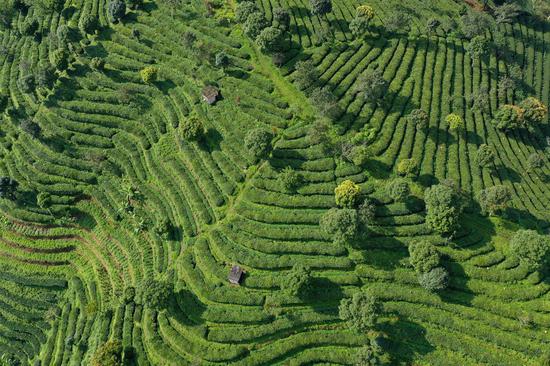



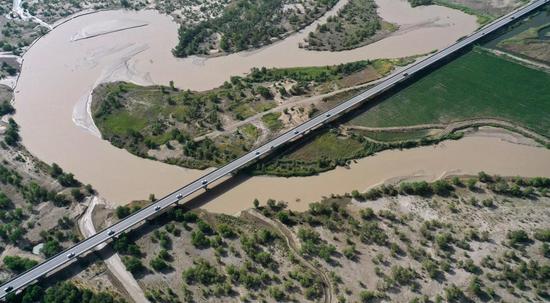








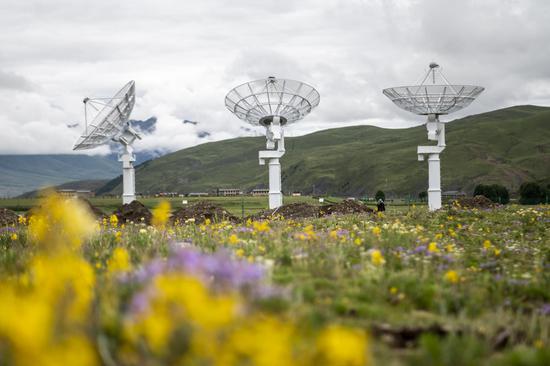
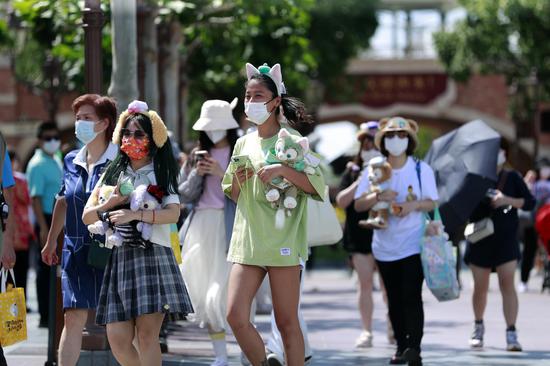






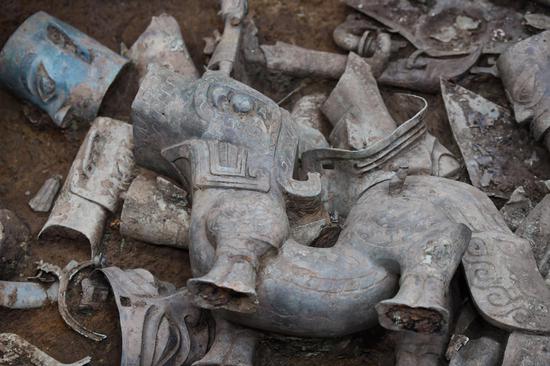



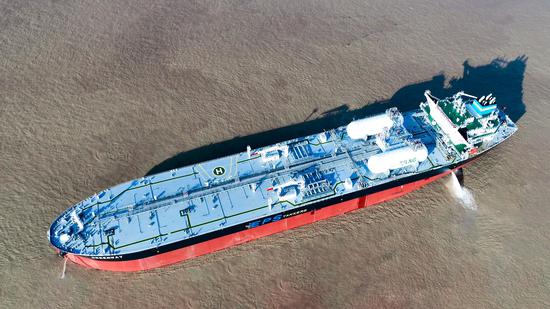
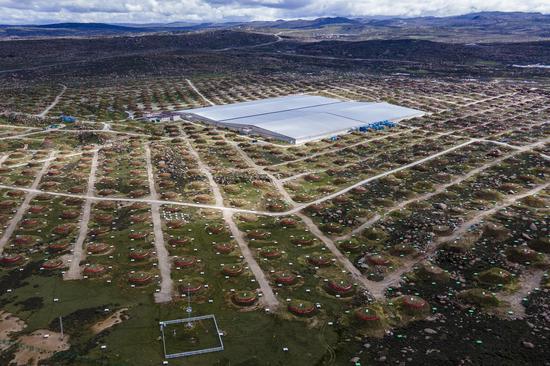



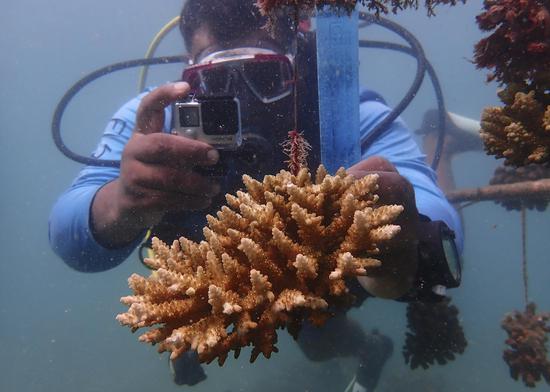

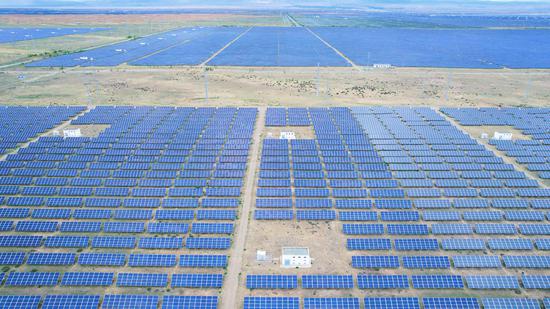





 京公网安备 11010202009201号
京公网安备 11010202009201号